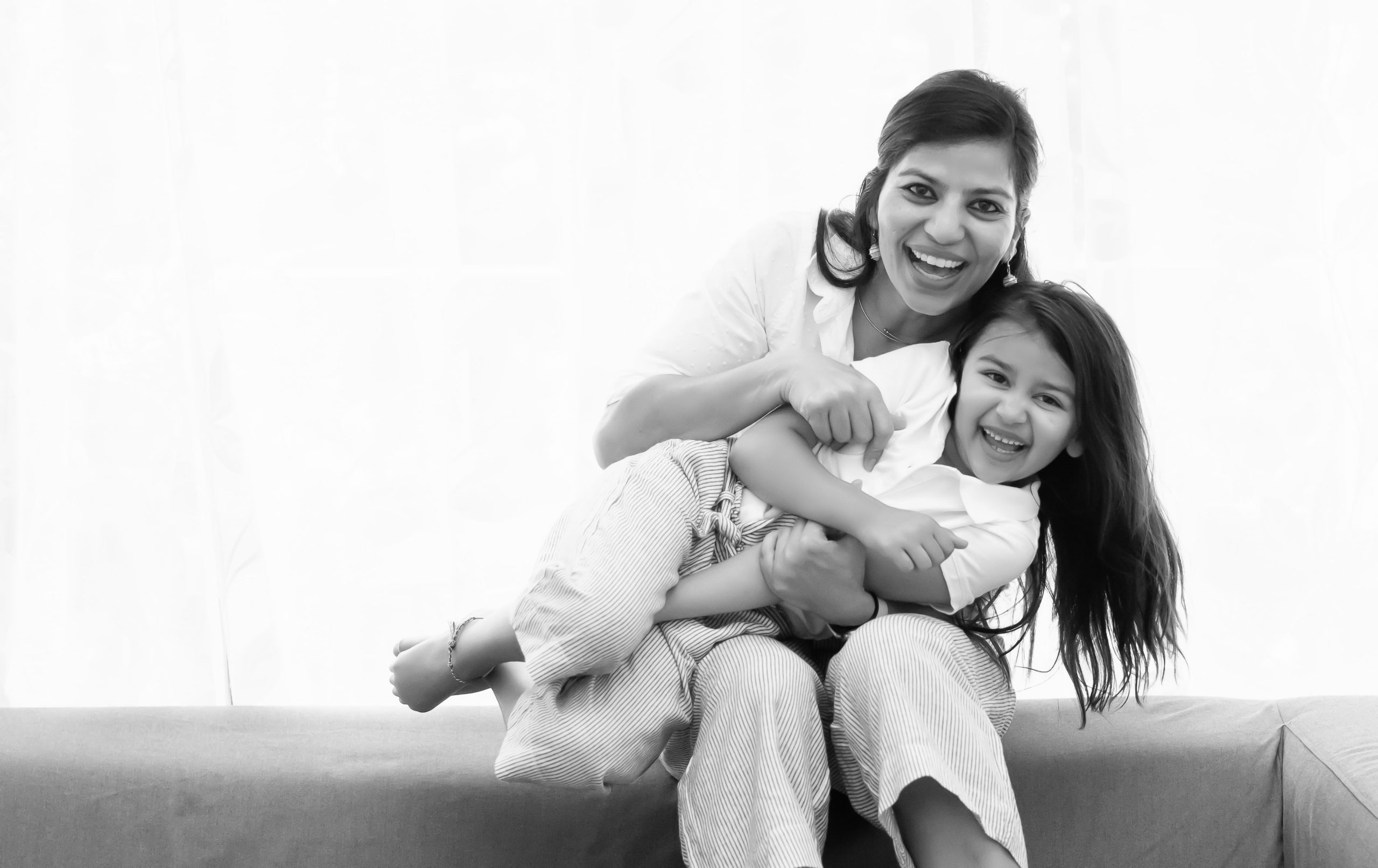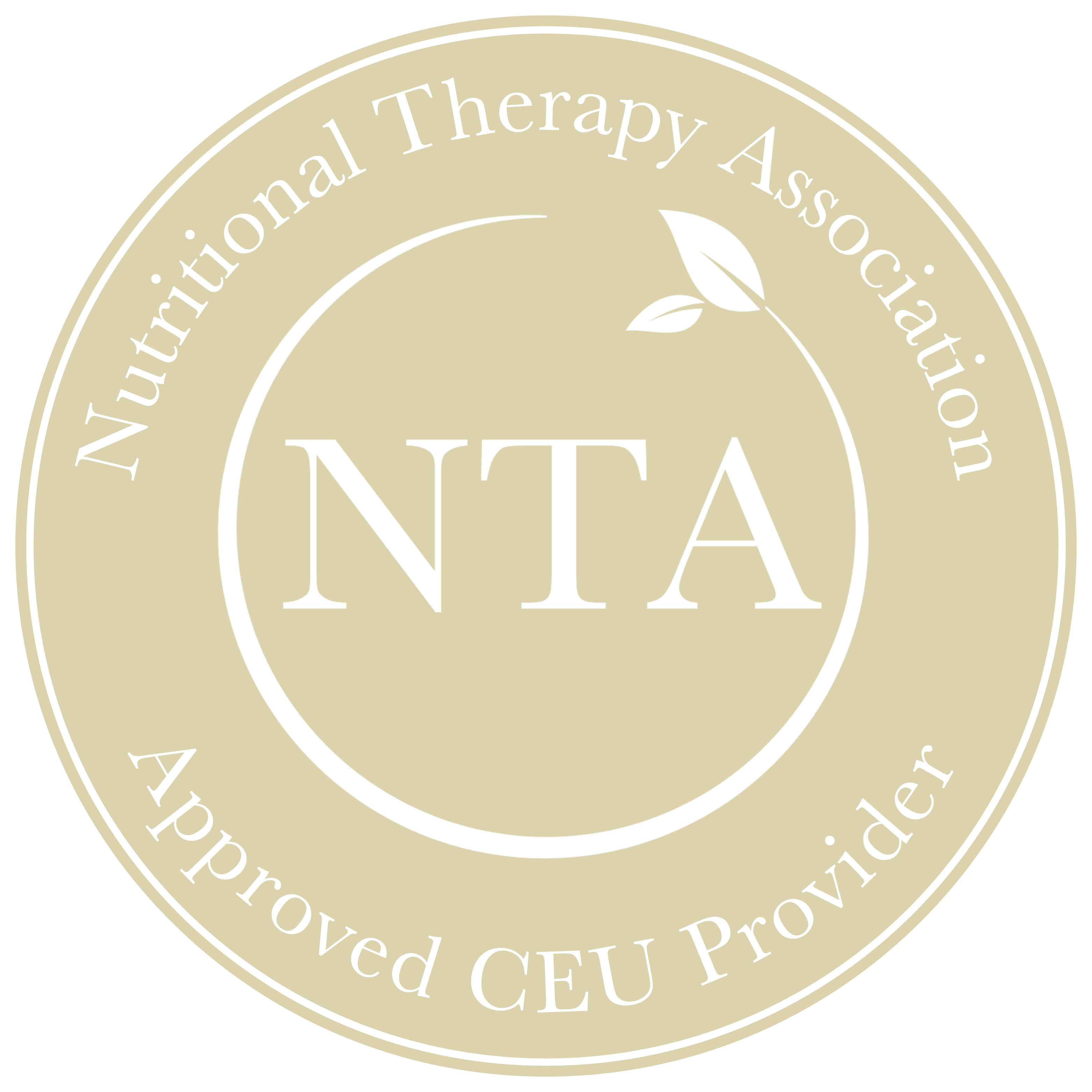My client, let’s call her Karen, came to me originally for help with her autoimmune disease. She was struggling with severe rheumatoid arthritis flares and we were deep into the healing process. One day when we were checking in on her progress, she mentioned her 5 year old son’s eczema – which I learned for the first time that day was so bad he was on a steady regime of high-dose steroid creams that barely kept him comfortable enough to sleep at night. She asked if I thought the work I do (and teach) would be beneficial for him as well.
My immediate response: absolutely! And then, I explained to her what would be involved.
Our tools of functional nutrition are powerful for people of all ages, including children. However, when the client is a child there are certain special considerations that we, as the practitioner, need to keep front and center, and communicate clearly with the parent at the outset.
- 1. The child is the beneficiary of the healing work, but the parent is the real client
When working with children, they are the recipient of the healing process, but the real client is the parent. It’s the parent who will facilitate and guide the process on the home front, and we need to be prepared to proactively support them with everything they need to help their child through this process. It’s hard enough to ask adults to change their diets and behaviors; requesting this of a child can be quite challenging, and the person responsible for ensuring the required changes happen is the parent.
Exacerbating this issue is the fact that oftentimes, when a child is struggling with health issues, one of the comforts they lean on is food, and sometimes the very foods they crave most are the ones that need to be removed. I’ve had many instances in my practice of working with children who only wanted starchy foods – pasta, crackers, cereals, bread products, fruit. Not surprisingly, I found significant elevations of candida on their stool tests. We know that fungal overgrowth will exacerbate sugar and starch cravings significantly. This makes for quite a challenge that the parent will be tasked with addressing on the daily.
Add to the situation the fact that the parent is likely a combination of scared, overwhelmed, worried and/or concerned about their child’s health and we’ve got a perfect storm.
For you, the practitioner, this means that you need to be prepared to go deep with the parent, providing not only your clinical recommendations, but also logistical and emotional support on how to actually implement your recommendations and make this doable for their child.
- 2. Set up infrastructure support for the whole family
Recognizing all of this, ensure you allow adequate time to help establish routines, systems, and best practices in their household. The more your recommended changes can be made across the whole family, the easier the process will be for everyone involved.
For example, if a child must eliminate gluten from their diet, the best practice is to eliminate gluten from the house entirely. This reduces in-fighting at the dinner table, removes temptation, prevents the parent from having to make multiple meal versions, and shows the child that the whole family is in it together to support them. As much as possible, set up the environment to support the process. I wrote about this concept extensively here, and this is more important than ever when working with children.
One of the prerequisites for this approach is to ensure that the entire family – in particular all caregivers – are on the same page regarding implementing the healing process. I have worked with several families where one parent is fully on-board, while the other parent doesn’t believe in a holistic approach and consistently sabotages the process by deliberately feeding the child foods that they are supposed to be avoiding. I’ve also had cases where parents have not clearly communicated with the child’s caregivers who then inadvertently feed the child off-plan simply because they didn’t fully understand the parameters of the protocol. Taking the time to ensure everyone is on the same page is essential, and you, as the practitioner, play a key role in this process.
- 3. Involve the child in the process as much as possible
As any parent knows, oftentimes a fight at mealtime is less about the food itself and more about control. Children naturally want as much authority over their own experience as possible, and done right, this process can help give them more control during a period of time where they actually have less of it.
For example, parents can involve the child in helping to figure out what they can eat, have them participate in grocery shopping and meal prepping, and give them options among the foods that are on-plan rather than simply dictating what’s for dinner. As a practitioner, you can support your clients in helping them strategize creative ways to involve their children in as many parts of the process as possible and allow them the ownership and control they want.
A real-life example of this in action: when my children are invited to a birthday party and we know the foods served will be loaded with refined sugars and gluten, both things that our kids don’t eat, we actively involve them in choosing a home-made treat they can bring to the party both as a contribution and to ensure our children have something fun and allowable to eat. They get to choose what to make and participate in making it, and are often incredibly proud when they arrive at the party with something to share that they made themselves. It shifts the focus completely away from what they “can’t have” to what they decided to make and share with the others. (Side note: it probably goes without saying but it’s always a good idea to clear this with the party host first!)
- 4. Use this as a learning process for the child to listen to their body’s cues
One of the biggest gifts we can give our children is to teach them how to tune into their own body wisdom. During a healing process like this, we want to encourage the child to pay attention to how their body feels after eating foods that are harmful vs. after eating foods that are more nourishing and healing. Our job is to teach the parents how to help increase their child’s awareness and help them determine how they feel with various foods.
An effective way to do this is to have the parent ask the child a series of 1-3 questions at the beginning of the process, and then check in on these regularly throughout the healing protocol. For example, if the child has digestive issues, simply ask “how does your tummy feel?” and “does your tummy feel different after eating this meal than it did after breakfast?” to help them start to listen to what their body is saying. This strategy works best for children who are at least 6 or 7, but it’s never a bad idea to ask the questions and help the child start thinking in this way at any age. This is a gift that will last them a lifetime – helping them to be in touch with their body in response to different inputs.
- 5. Remember: children are resilient and energetically very sensitive
Something we often need to remind ourselves and the parents we work with is that children’s bodies are very responsive, resilient, and often heal faster than adults. It’s tempting to project our fears and concerns onto the child, but this only slows the process. Children are incredibly sensitive energetically, and if they feel a parent’s concern, they will undoubtedly absorb that subconsciously. The best thing both you and a parent can do is to believe in the child’s innate ability to heal and thrive, to see the child as resilient and strong, and to impart those beliefs onto the child. If the parent is focused on how hard this process will be and is concerned that the child won’t do well, their child will sense that and respond accordingly. Energy and intention have a powerful impact.
Karen and I dove into the healing work with her son, and through a customized diet and targeted supplement protocol informed by the results of stool and food sensitivity testing (the tools we teach in Mastering the Art and Science of Gastrointestinal Healing), his debilitating eczema completely cleared up and he was able to go off of the steroid creams. We used all of the strategies I described here and the whole family’s health has improved accordingly. Not to mention the fact that now Karen is making one meal that works for the whole family – rather than one meal for the kids, one for herself, and a third for her husband.
Working with children can be one of the most satisfying aspects of a functional nutrition practice, and can have a lasting impact on the child’s health as well as the entire family’s approach to their diet and lifestyle. To learn more about how to integrate these tools into your practice, check out the first course in the RWS Core Curriculum: Mastering the Art and Science of Gastrointestinal Healing.







